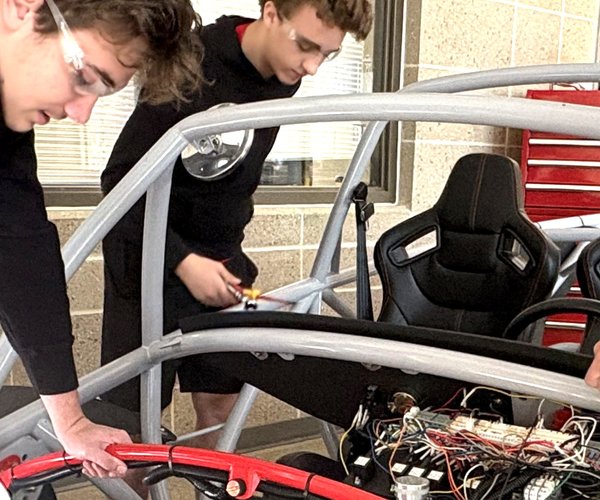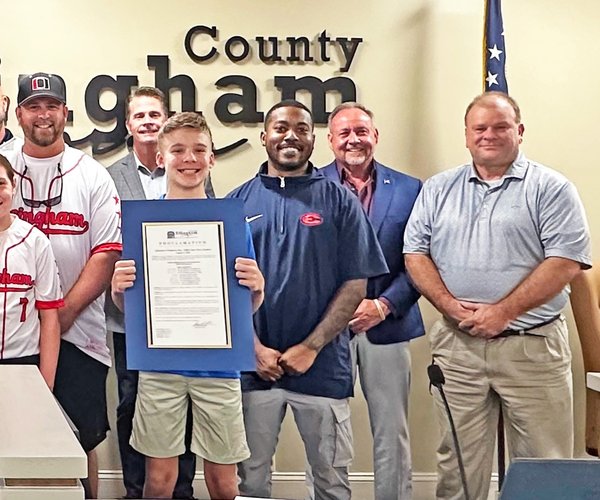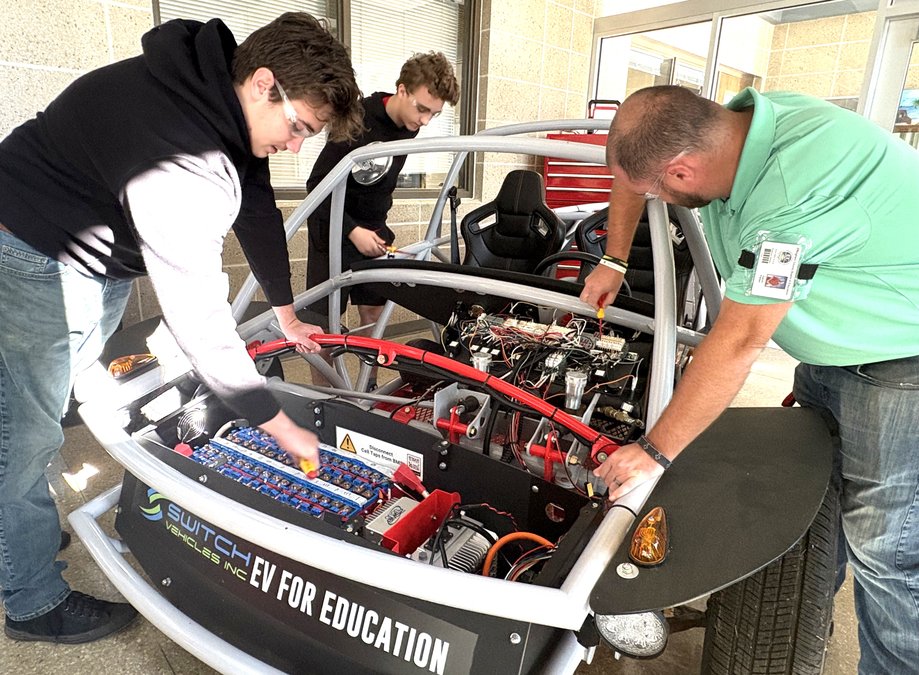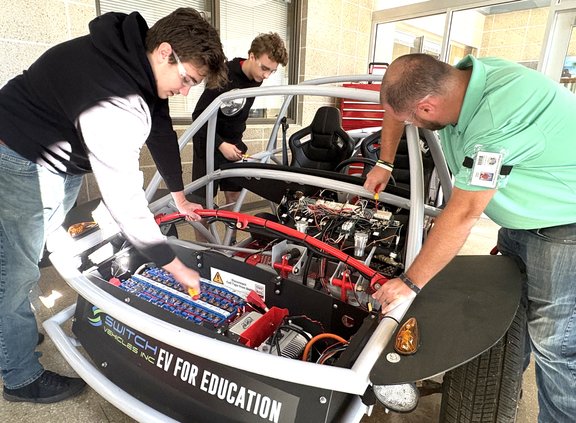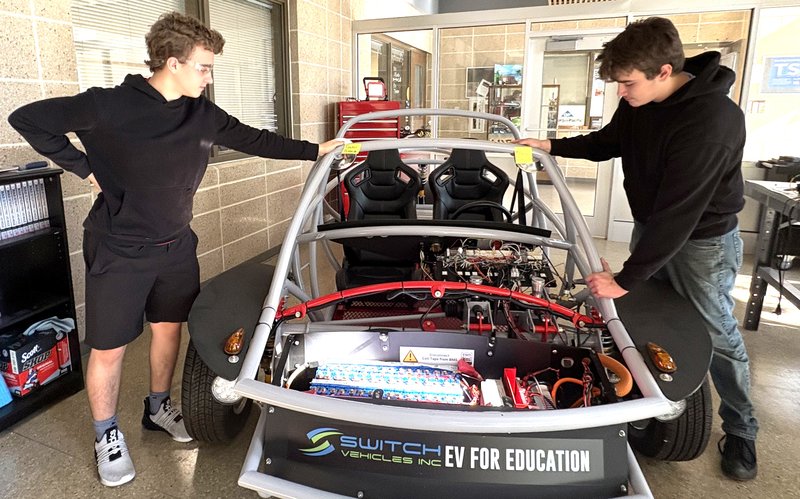The Georgia Ports Authority board of directors has elected Robert S. Jepson Jr. of Savannah to serve a second term as chairman of the board. Jepson was first appointed to the board in 2008 and previously served as vice chairman. The new vice chairman will be James A. Walters, and Stephen S. Green will serve as secretary/treasurer.
“Bob Jepson’s steady leadership is exactly what is needed as we shepherd important rail, highway and maritime infrastructure projects to completion,” said Gov. Nathan Deal. “During his first year as chairman, Bob made sure the Savannah Harbor Expansion Project remained a top priority, successfully navigating the final stages of federal approval for SHEP.”
“Over the past year, we have made significant strides in moving SHEP toward construction,” Jepson said. “Much of that success is due in large part to the support we have received from Governor Deal, Georgia’s Congressional delegation, and the talented staff at the Georgia Ports Authority.”
Jepson commended Gov. Deal for his strong support of the deepening, including $50 million in his 2014 budget for harbor expansion, for a total of $231 million in state funds already allocated to the project. Studies by the U.S. Army Corps of Engineers show a 5.5-to-1 benefit-to-cost ratio, meaning that for every dollar spent on the deepening, the nation will reap $5.50 in benefits.
In other business, the board heard a report from GPA Executive Director Curtis Foltz, detailing growth in all major business segments for the month of May. Container trade, autos and machinery, bulk and breakbulk all saw year-over-year increases. In May, GPA moved 261,520 20-foot equivalent container units (TEUs), for a 1.9 percent increase over the same month last year.
“In three out of the last four months, our container volume has grown in the range of 5,000 to 10,000 TEUs each month,” Foltz said.
In roll-on/roll-off cargo, Georgia’s terminals achieved an 11 percent (or 5,918 unit) increase in May, moving 59,808 auto and machinery units. For the fiscal year to date, GPA terminals have moved 586,155 units.
“Colonel’s Island in Brunswick and Ocean Terminal in Savannah have racked up truly impressive, record numbers over the first 11 months of the fiscal year,” Foltz said. “We have moved more ro/ro cargo by the end of May than in any other fiscal year on record.”
Breakbulk cargo grew by 1.1 percent to nearly 240,000 tons, while bulk cargo increased by 20.2 percent over May 2012 to reach 191,988 tons last month.
“Months of positive numbers, despite a relatively weak global market, have established a strong growth trend for Georgia’s deepwater ports,” Foltz said.


